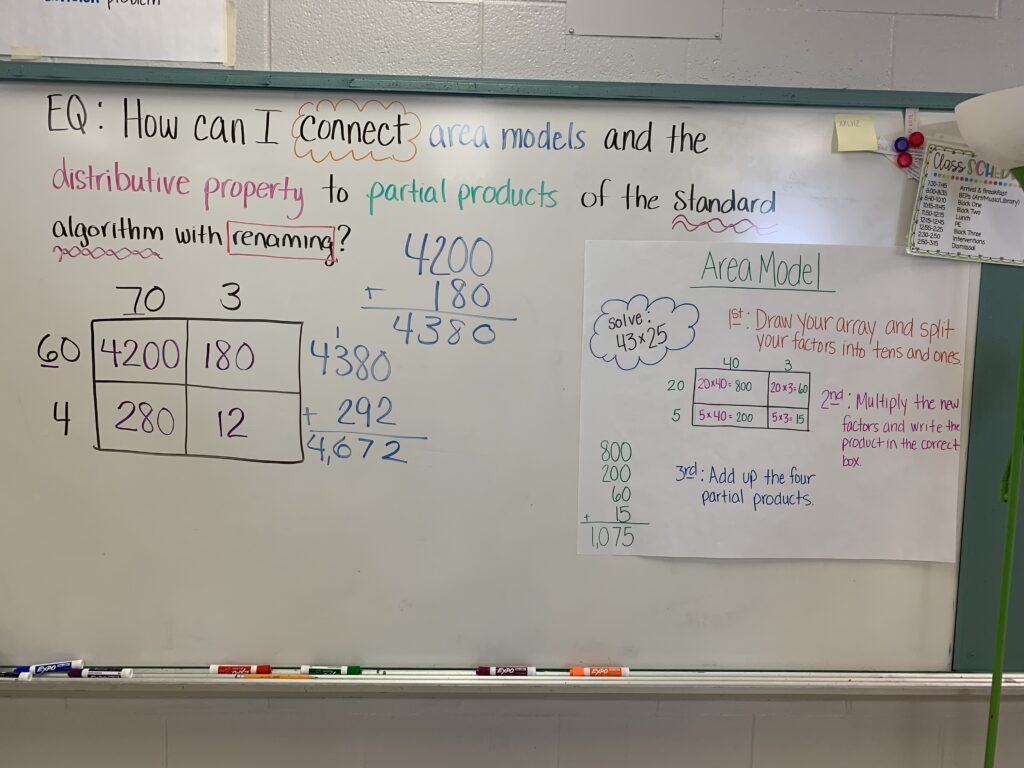3 Previewing Strategy Examples That Increase the Impact of Technology
December 9, 2021 December 20, 2021
Technology has often been seen as a catalyst that would revolutionize education. But whether that technology was papyrus and ink, slate and chalk, the Socratic Method, or a Chromebook, what has remained a constant, proven repeatedly by research, is that technology is only a means to an end and that in itself, does not lead to learning.
As with all resources, technology is only as effective as the purpose for its use. Educators must evaluate all technology, not for students’ compliance (i.e., viewing a video) but for its impact and relevance on students’ learning (i.e., evidence of mastery, collaboration, or self-regulation).
For example, requiring students to view a video may seem like an effective method of building background knowledge, or as a means to share a lecture or demonstration, but if it is viewed by students without a purpose, or used without specific instructional strategies to help process it, then the video will likely fail to ensure the needed learning outcome.
Focusing the Use of Technology
How then should technology, such as the use of videos, be purposefully planned to best leverage student learning?
The answer is to remain focused on what students are expected to do as a result of their interaction with the technology. It is not enough to simply watch a video and answer a series of questions. There must be an interaction and engagement with the technology (i.e., video) for a specific purpose, allowing them opportunities for summarization, practice, feedback, and review. This can take the form of polls throughout the class, discussion boards, chats, or breakout sessions where students collaborate in smaller groups.
These are all examples of learning structures for Distributed Summarizing and Collaborative Pairs, both of which are examples of High Yield Instructional Strategies, and therefore, powerful practices that provide students with a strong instructional benefit. Technology without a focus on instructional strategies is merely focused on compliance.
3 Previewing Strategy Examples
Another example of leveraging a High Yield Instructional Strategy during instruction is that of Previewing prior to a lesson. Previewing provides a clear purpose for using technology, such as the use of video, as a scaffold for students’ learning, with the purpose of equipping students for success in upcoming grade-level instruction.
There are several Previewing Strategies that may be designed with technology, setting the purpose for the technology used by students. Each of the Previewing Strategies described below may be planned for students to experience using technology, and are all beneficial in preparing students for teacher-directed instruction. Try pairing one or more of these strategies with other High Yield Instructional Strategies, such as Distributed Summarizing or Collaborative Pairs, and witness how technology can finally live up to its hype of benefitting student learning!

1. Previewing Strategy: Advance Organizers
An Advance Organizer provides students with a framework for Previewing what they will be learning and provides an organization of this information in order to help them make connections to what they already know and start building mental storage for what they are going to learn during the lesson. Concept Maps and Lesson Essential Questions are both examples of Advance Organizers.
2. Previewing Strategy: Activating Thinking
An Activating strategy can either link to students’ prior knowledge, or help them to build new knowledge. Linking activities help students to make a personal connection or share an opinion to activate their thinking, while building activities introduce important concepts or vocabulary, providing context for students to better contextualize new information. An example of an Activating Strategy is making predictions. This activity provides students with opportunities to make predictions using prior knowledge and then check their predictions using the key information. Start by asking students to make a prediction based on prior knowledge. Then have students support and justify their predictions with a partner. Use the information from the lesson to show students the accuracy of their prediction throughout the lesson.
3. Previewing Strategy: Vocabulary Instruction
Vocabulary Instruction is pivotal to students’ understanding of new concepts and skills. Targeting 1-5 words to explicitly teach students prior to the start of a lesson provides students with the needed language to process learning and make connections with existing knowledge. Vocabulary Instruction is a High Yield Instructional Strategy that requires students to use new words in multiple exposures, and it works best when focused on vocabulary strategies that include examples and non-examples, descriptions, visuals, and characteristics.
Previewing Strategies are an effective way to maximize the continued use of technology in instruction. These strategies, alongside other High Yield Instructional Strategies, are an effective means of improving student learning outcomes and finding purposeful and impactful methods of using technology to accelerate learning.
Contact Us to learn more about how to help all students become successful with grade-level learning expectations.


